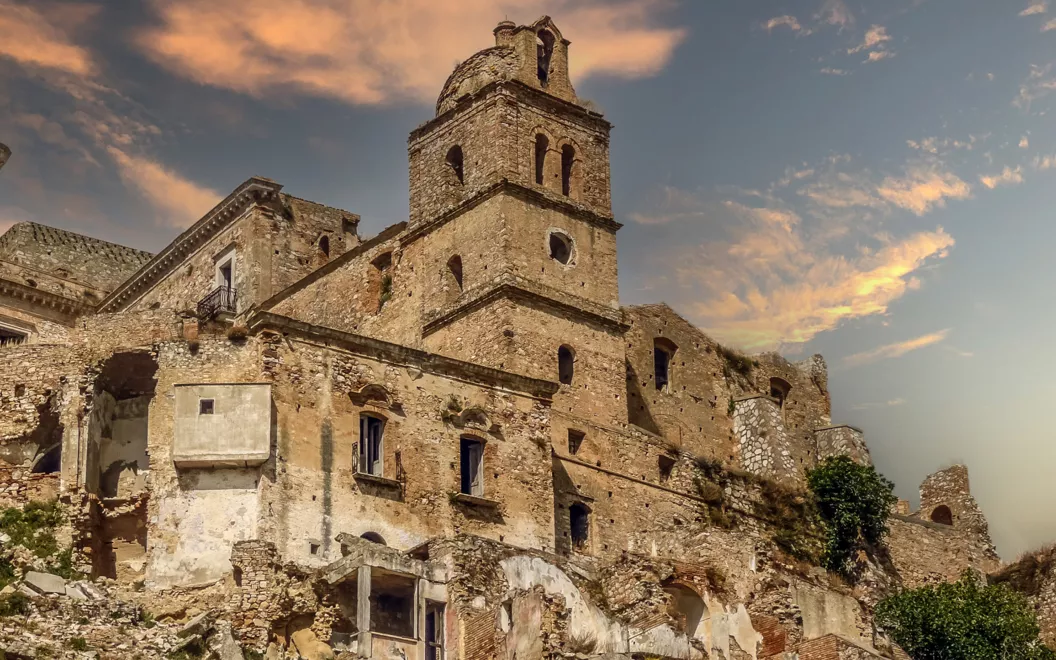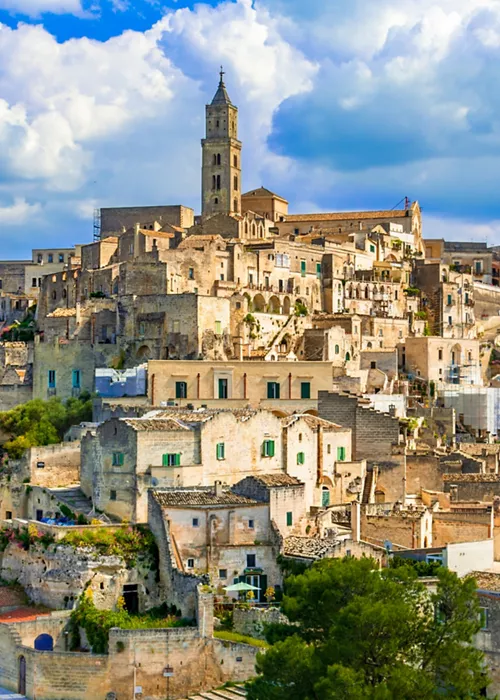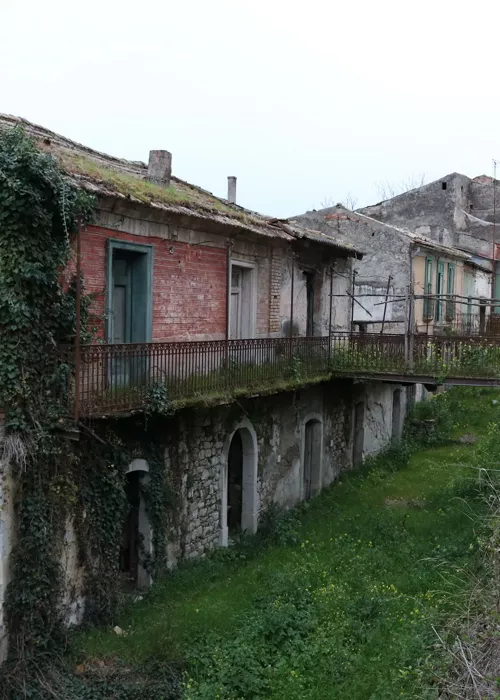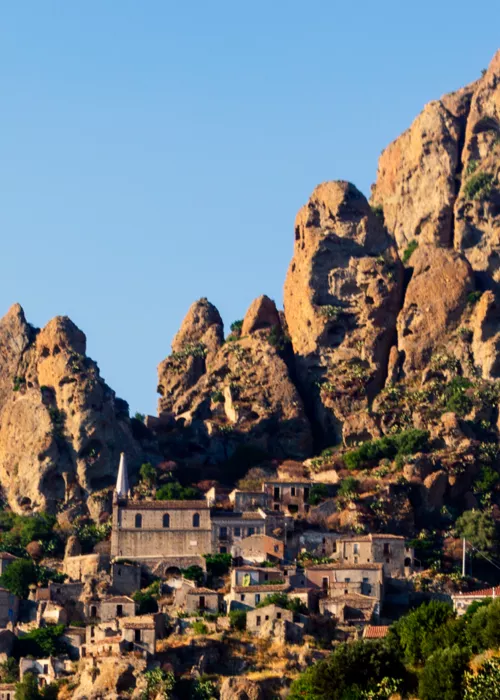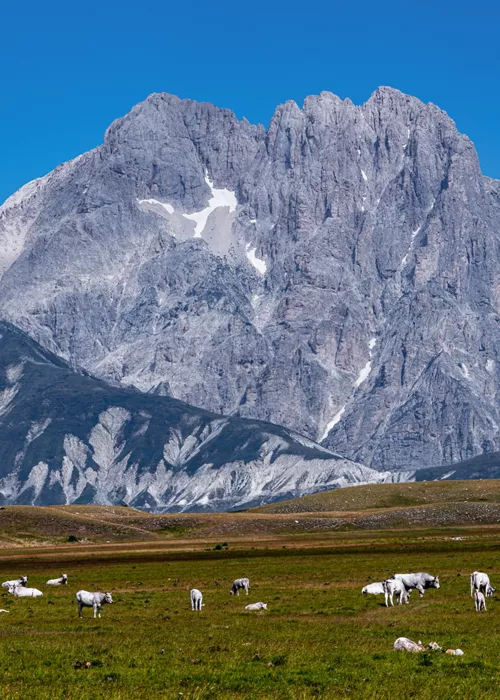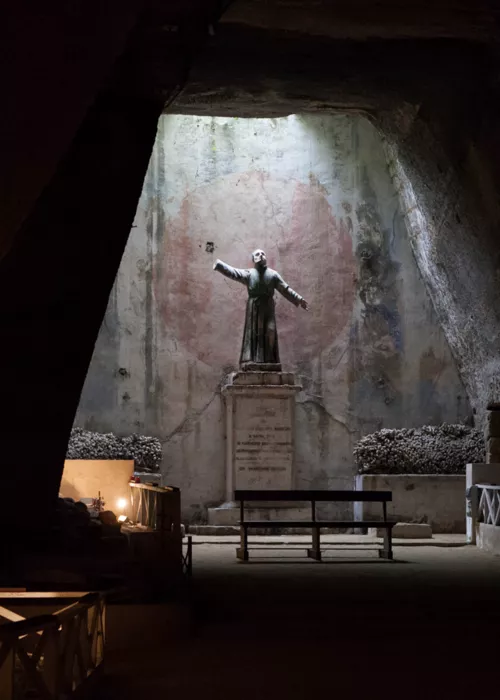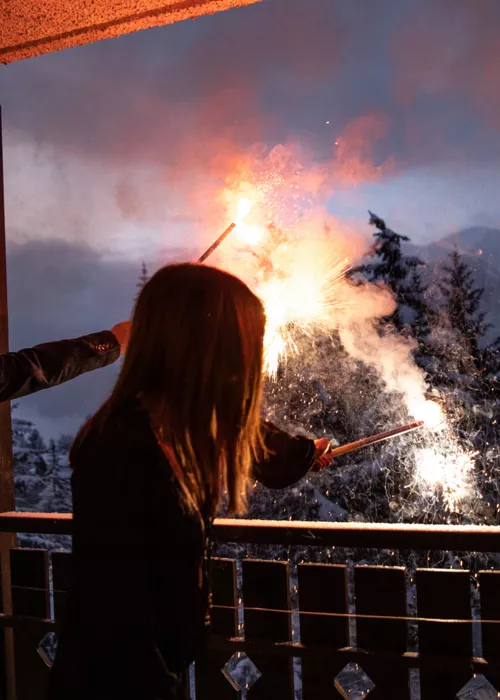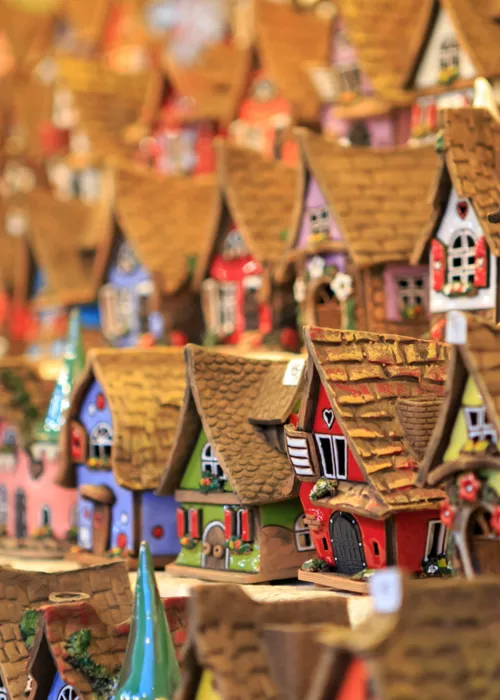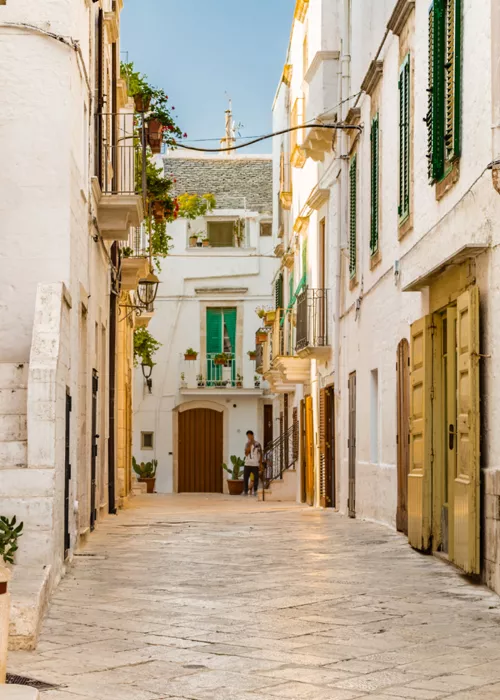Southern Italy at Halloween, visiting the ghost towns
3 minutes
Index
On the night of October 31, hunting out places that conceal hidden and mysterious stories is a winning idea: with this in mind, ghost towns in Italy are the ideal destination.
Among the villages in Southern Italy, some stand out as very special because they are mediaeval towns perfect for spending Halloween night, combining the beauty of the Italian landscape with exciting thrills.
They are often part of the circuit of the Most Beautiful Villages of Italy, and are either completely abandoned or transformed into diffused hotels where you can book a very special night.
Craco in Basilicata will send a shiver down your spine
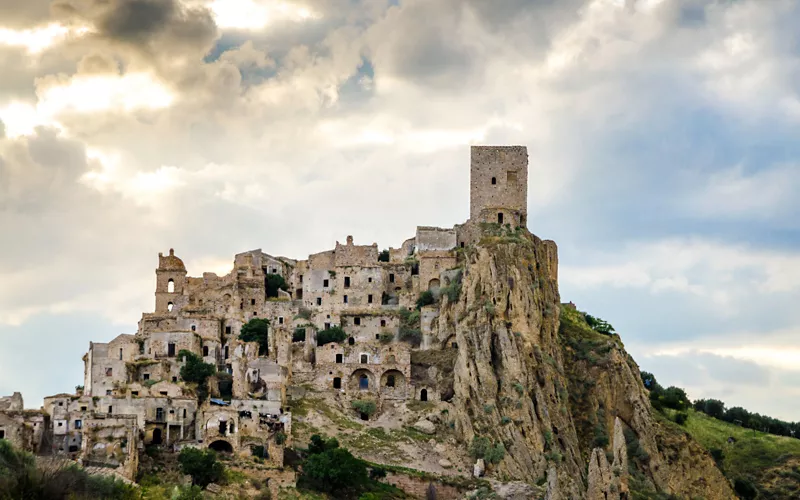
About 50 km from Matera and its Sassi (Stones) is Craco, one of the villages in Italy to visit on Halloween, as it has many surprises in store for those in search of chilling thrills. The ancient mediaeval village, perched on a rocky outcrop, was abandoned sometime between the 1960s and early 1980s because of the risk of landslides.
Silence reigns supreme: the only noise you hear is that of your footsteps and the sound of the wind blowing.
You can visit the ancient castle, with its 20-metre-high Norman tower dating back to 1400, the Mother Church decorated with majolica tiles, and four noble palaces with frescoes that survived the collapses: palazzo Carbone, palazzo Grossi, palazzo Cammarota and palazzo Maronna.
Peering through the crumbling walls, you will feel as if you are on a film set. Not surprisingly, several films have been shot here.
Wandering through the alleyways of the ghost town of Apice Vecchio, listening to lost time
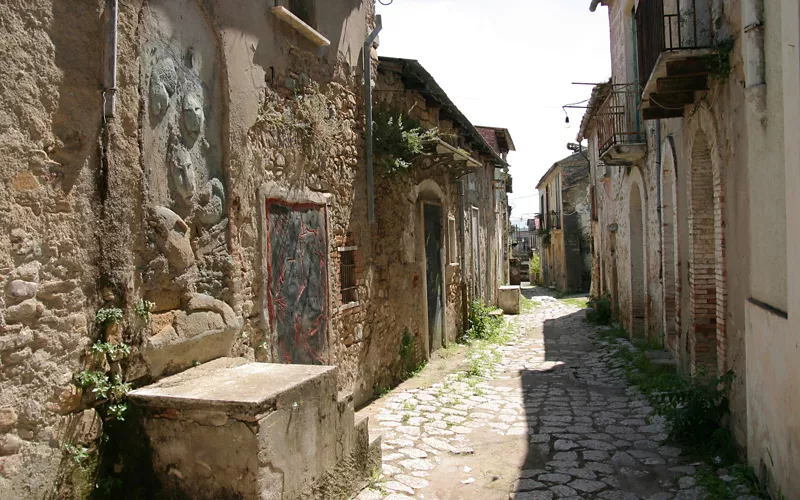
Among the abandoned streets of Apice Vecchio, near Benevento, you will instinctively walk on tiptoe so as not to disturb the profound silence that prevails in this place.
The village sits perched on a small hill, gathered around the Hector's Castle. The houses are built one next to the other. Two earthquakes, in 1962 and 1980, shaped the history of this village. Lose yourself in the labyrinth of narrow streets that tell of a lost time.
In the village of Pentedattilo in Calabria in autumn, people search for ghosts
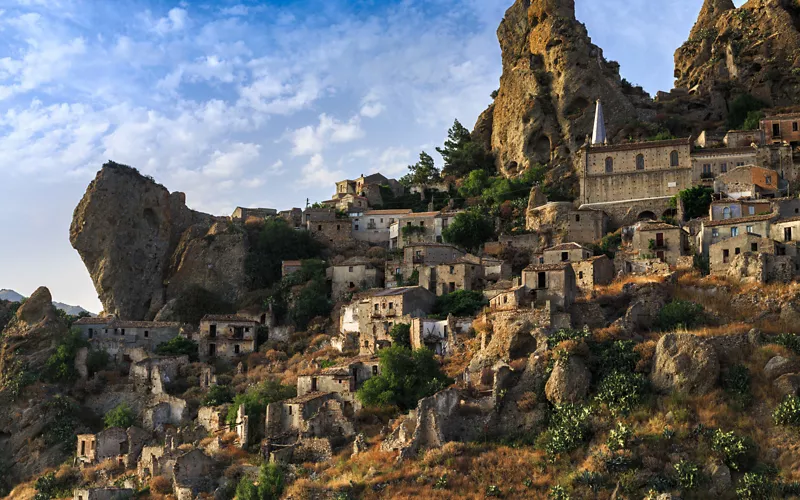
Immersed in the charm of the Sant'Elia Valley, Pentedattilo reveals its Greek origins in its name, which means 'five fingers' and refers to the shape of the cliff that rises behind the village. According to some sources, the village already existed in the 9th century. It is located in the Grecanica area of Calabria where a Greek dialect is still spoken. It began to depopulate after the devastating earthquake of 1783 that seriously damaged the town.
By the early 1800s, almost all the inhabitants had moved to nearby Melito Porto Salvo but, recently, Pentedattilo has been enjoying a revival thanks to a museum of popular traditions, the presence of craft workshops and diffused hospitality in the old houses of the village.
In summer it comes alive thanks to the Pentedattilo Film Festival, but in autumn it becomes almost deserted again: the perfect time to go ghost hunting.
A room in Santo Stefano di Sessanio in Abruzzo
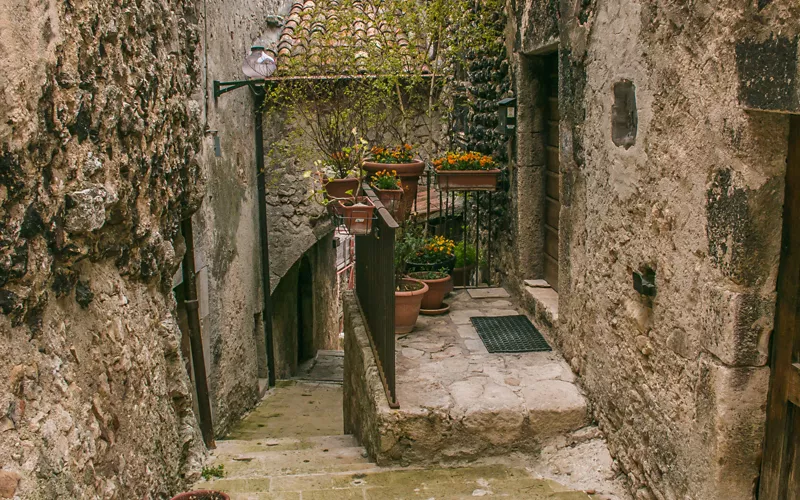
About 60 km from L'Aquila is located Santo Stefano di Sessanio, a small abandoned village at an altitude of 1250 metres, set amidst the peaks of the Gran Sasso National Park. The fortified village dates back to the 14th century when it was ruled by the Medici family of Florence. After the Unification of Italy, it was abandoned due to emigration.
Today, it is a place full of charm that is coming back to life since an Italian-Swedish entrepreneur bought some old farmhouses to renovate them and turn them into an Albergo Diffuso (diffused hotel).
Despite its long history of abandonment, it is still one of the most beautiful villages in Italy with its small limestone houses, tiled roofs and a labyrinth of alleyways
A fairytale atmosphere in Rocchetta Alta in Molise
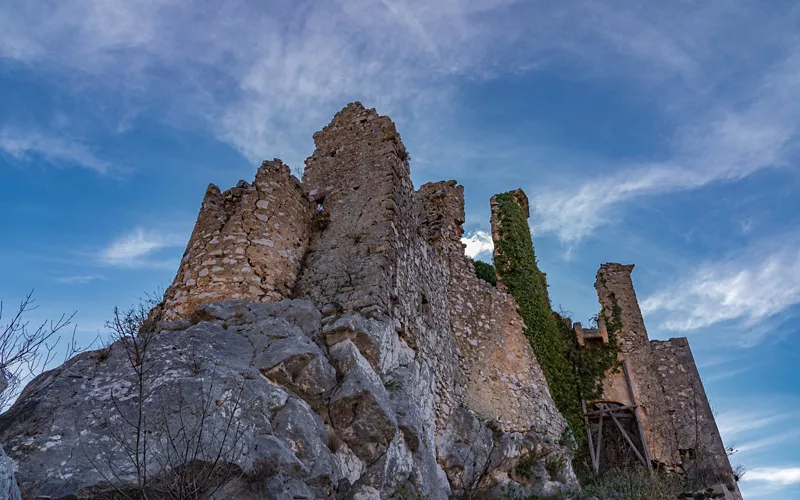
Perched on the Volturno valley, not far from the source of the river, Rocchetta Alta is surrounded by beautiful nature and is located near an ancient rock sanctuary containing 12th century frescoes.
At the top of the village an old castle guards the ancient centre. Towards the end of the 19th century, the church was abandoned, along with many other buildings in the village. Over time, nature once again took over the stone walls, and today walking along these streets is like taking a stroll through an old fairy tale.

